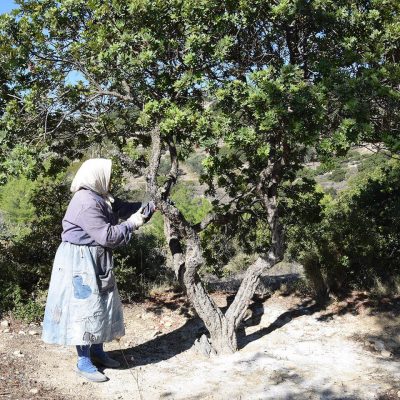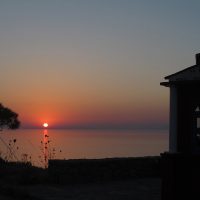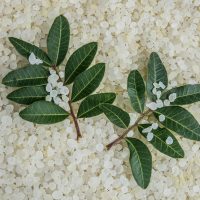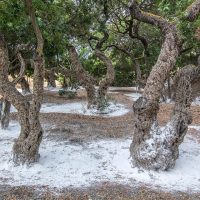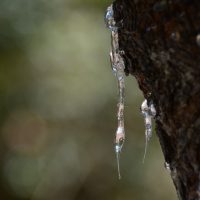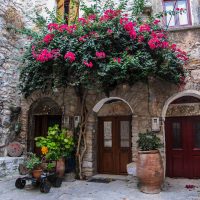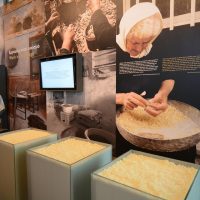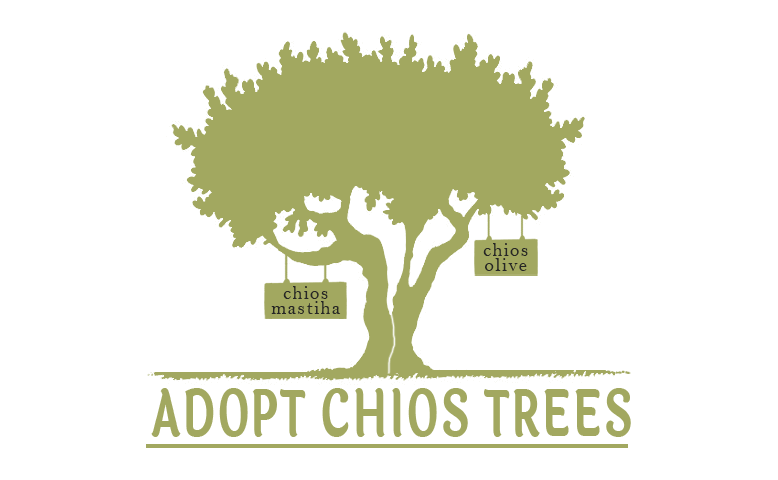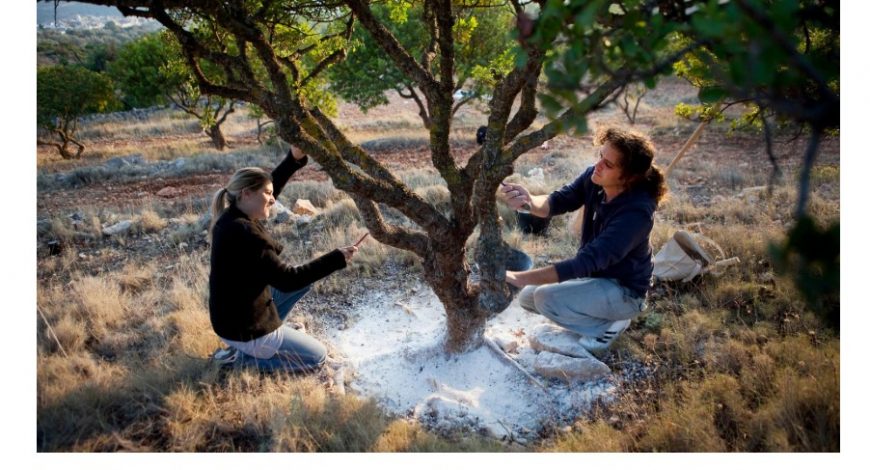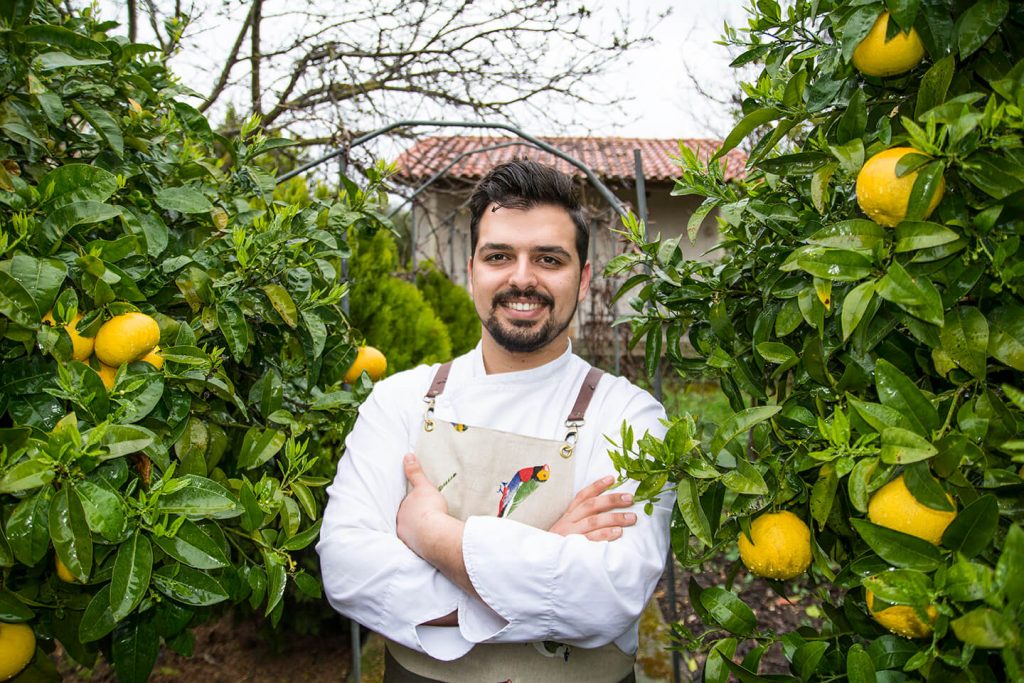MARGARITA GOKUN SILVER, National Geographic • Updated 19th November 2019
WALK PYRGI’S NARROW, medieval streets and you’ll see buildings, arches—even the undersides of balconies—etched with intricate, black-on-white, geometric patterns. Strings of cherry tomatoes and drying peppers sway above women who comb through leafy twigs with the concentration of diamond hunters. They’re searching for blobs of hardened white goo: mastic, the natural resin prized since antiquity for its aromatic and healing properties.
Pyrgi is one of 24 mastic-producing villages, or mastichochoria, on the Greek island of Chios. Although the mastic tree (Pistacia lentiscus) is ubiquitous throughout the Mediterranean, the variety that weeps mastic resin grows only on the southern part of Chios—a quirk of nature that led to the island’s rich, twisting history.
The gum monopolies
For millennia, mastiha (mastic) has been the fame, economic force, and source of identity for Chios and its inhabitants. Herodotus mentioned it back in the fifth century B.C., the Romans chewed it to clean their teeth and freshen their breath, and the Ottomans exalted it as a spice.
Its cultivation in earnest began with the 14th-century arrival of the Genoese, who monopolized the mastic trade and built the mastichochoria with fortress-like wall-to-wall houses, a maze of streets to fool raiders, and a central watchtower to signal attacks. To prevent illegal trading, they instituted night curfews for villagers and severe punishments for stealing mastic.
When the Ottomans took over in the 16th century, they kept the monopoly. Only in 1840 were mastic producers finally allowed to trade independently what they’d cultivated, and less than a century later they joined forces to create the Chios Mastiha Growers Association (CMGA), a cooperative active to this day
Regime changes notwithstanding, mastic cultivation and production have remained largely the same over the centuries. Still centered around the 24 villages, it’s a year-round affair that begins with tending to the soil, continues with making shallow cuts in the bark for the mastic to seep from, and culminates with harvest and cleaning. Most of this process is done by hand. Like generations before them, today’s producers often call upon families and neighbors to help.
How to Visit
Though geographically closer to Turkey than to Greece, Chios is a short flight east from Athens on Olympic Air. Or hop on the overnight ferry from Piraeus to Chios town.
Visit from August to September to witness the tree carving process, or between October and March to see mastic being cleaned. Rent a car and start your trip with the Chios Mastic Museum, which offers an excellent overview of the mastic cultivation and production process, plus a grove of mastic trees visitors can wander in search of mastic “tears” glistening in the sun.
Then continue on to “painted” Pyrgi, nearby Olympi, Mesta, and other villages to wander the streets and admire the churches. Agioi Apostoli, just off of Pyrgi’s central square, is an example of 13th-century Byzantine architecture that features well-preserved 17th-century frescos. In Limenas, feast on fresh-caught grilled fagri (local seabass) at O Sergis Taverna. If you’re lucky, you’ll see the family’s yiayia (grandmother) rolling homemade cheese balls.
To get a feel for what aristocratic life was like on Chios during the Genoese period and beyond, stay in a guesthouse in Kampos, an area known for its high stone walls, imposing mansions, and sprawling citrus gardens. For an evening drink, head to Chios town’s waterfront to sample a mastic sour at Pura Vida—or try mastic spirit straight. Want to learn more about the distillation process? Contact Stoupakis Distillery, one of the island’s oldest, to arrange a tour.
Before you leave, stock up on liqueur, supplements, pasta, and just about everything else mastic at CMGA’s Mastiha Shop, also on the waterfront. Snack on a package of mastic tears to continue the island’s millennia-old tradition of chewing mastiha au naturel.
This healing plant grows on only one Greek island
Read the article at National Geographic
